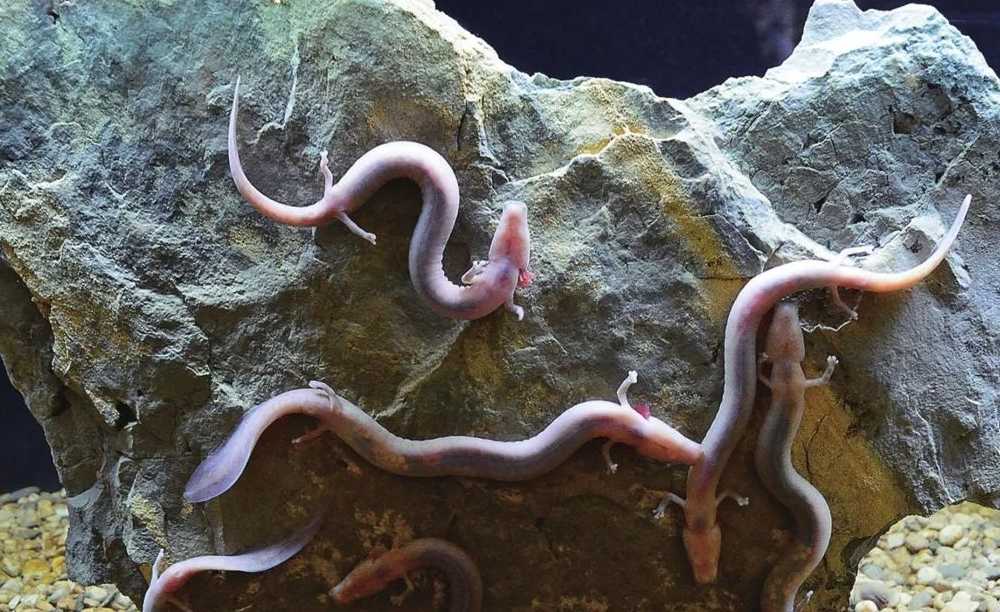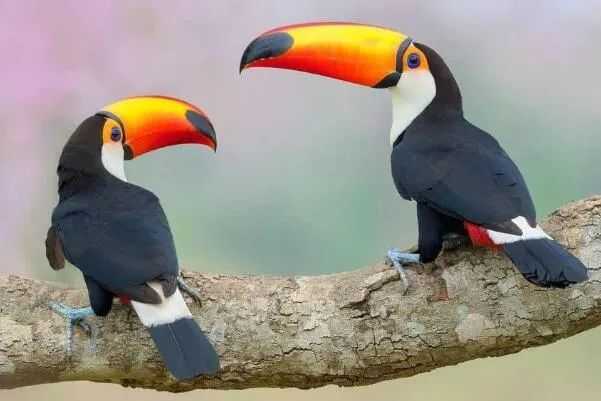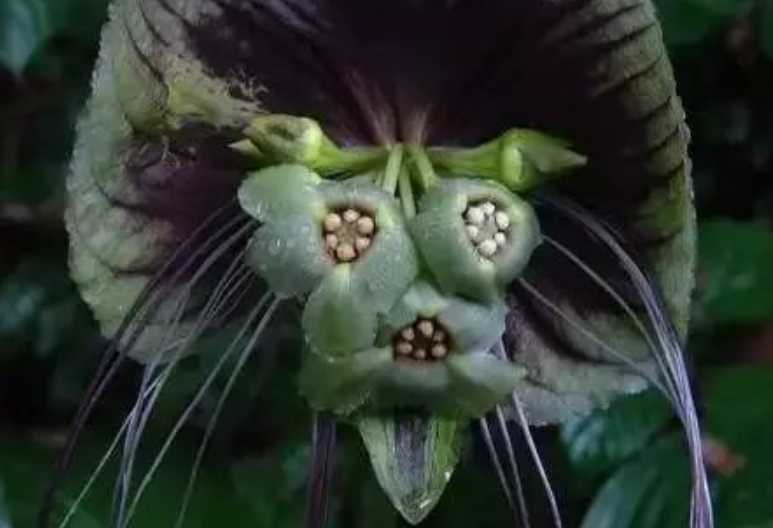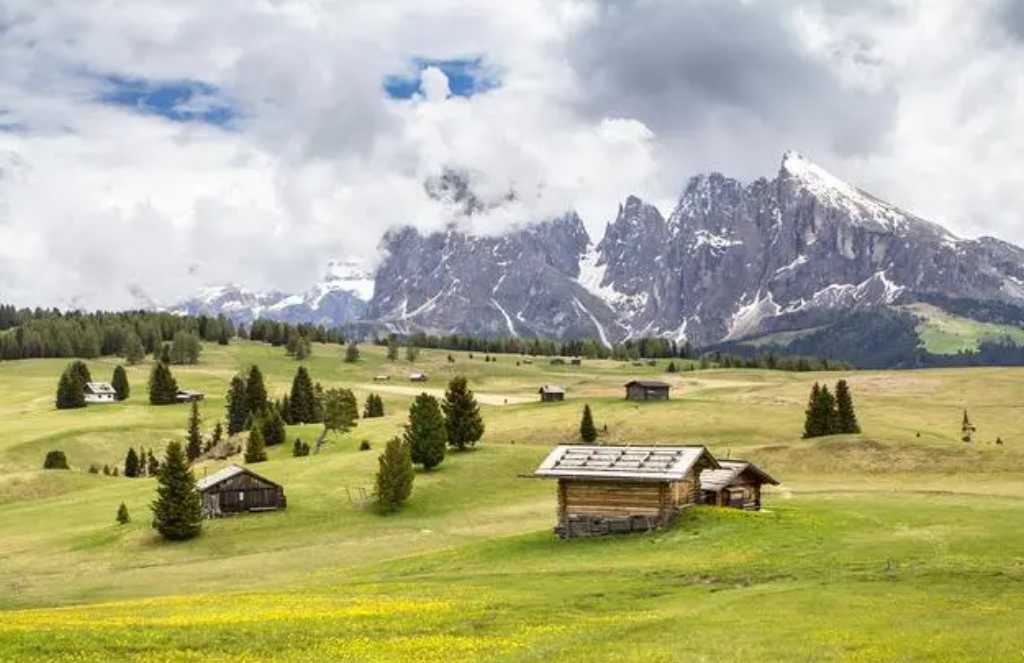The Olm: Nature’s Living 'Dragon' of Alpine CavesOften hailed as the closest real-life counterpart to mythical dragons, the olm (Proteus anguinus) dwells in the limestone caves of the Alps. With a serpentine body, tiny limbs, and three pairs of vibrant red feathery gills, this amphibian bears an uncanny resemblance to legendary dragon depictions—minus scales. Native to underwater cave systems in Slovenia, Croatia, and Bosnia, it has inspired myths for centuries, and its image is frequently misused in online hoaxes claiming to show "baby dragons."
June 23, 2025, 3:23 pm EDT
A Dragon-like Anatomy Adapted to Darkness
Myth, Misinformation, and Conservation
Scientific Significance and Subterranean Secrets










